In a groundbreaking leap for satellite communication technology, researchers have demonstrated the feasibility of using atmospheric lasers to transmit audio signals directly from orbit—potentially enabling satellites to "broadcast" music or messages across vast distances without traditional radio infrastructure. This emerging technique, known as atmospheric laser acoustics, leverages modulated laser beams to induce vibrations in air molecules, effectively transforming the sky into an invisible speaker. Early tests conducted by aerospace engineers in collaboration with acoustic physicists have successfully transmitted simple melodies and voice recordings from low-Earth orbit satellites to ground-based receivers.
The concept hinges on a phenomenon called the photoacoustic effect, where pulsed lasers generate audible sound waves when absorbed by atmospheric gases. By precisely controlling laser intensity and modulation patterns, satellites could theoretically project clear audio across specific geographic areas. Unlike conventional satellite radio that requires specialized receivers, this method might eventually allow anyone within the laser's path to hear transmitted sounds—assuming optimal atmospheric conditions. Military and emergency communication systems are already showing keen interest, though consumer applications like orbital music streaming remain speculative.
Challenges persist in refining audio quality and transmission range. Water vapor, pollution, and atmospheric turbulence currently distort laser-projected audio beyond distances of several kilometers. A joint research team from MIT and the University of Tokyo recently published findings in Nature Photonics detailing a breakthrough "adaptive wavefront correction" system that compensates for atmospheric interference in real-time. Their prototype improved audio clarity by 300% during tests in the Swiss Alps, where laser transmissions were received 12km from the source. Such advancements suggest that satellite-to-ground audio broadcasts could become viable within this decade.
Ethical concerns have emerged alongside the technology's development. The ability to project sound directly into public spaces via satellite raises questions about noise pollution and unauthorized audio broadcasts. Legal scholars debate whether existing telecommunications regulations cover this novel form of transmission. During a 2023 test by the European Space Agency, residents of a rural Swedish village unexpectedly heard a 20-second violin recording—sparking both wonder and complaints. "It felt like the sky was whispering," described one witness, while others demanded assurances about privacy and consent.
Commercial entities envision creative applications should the technology mature. Imagine national parks receiving ambient wildlife soundscapes from overhead satellites, or advertisers projecting jingles over beaches. More pragmatically, disaster relief organizations could beam emergency instructions to power-outage zones without relying on terrestrial networks. The U.S. Defense Advanced Research Projects Agency (DARPA) has funded classified research into directional laser audio for battlefield communication, where whispers might be transmitted exclusively to intended recipients.
From an engineering perspective, the energy requirements remain daunting. Current prototypes demand kilowatt-level lasers to produce barely audible sounds at ground level—impractical for sustained operation. However, quantum dot laser arrays being developed at Caltech promise hundredfold efficiency improvements. Dr. Elena Voss, lead scientist at the International Space Audio Research Consortium, predicts: "Within fifteen years, we may see satellite constellations capable of broadcasting audio with the fidelity of AM radio across entire cities." Whether humanity is prepared for a sky that might suddenly start singing remains an open question.
The cultural implications could prove as significant as the technological ones. Historians draw parallels to the 1920s, when radio first dissolved geographic barriers in audio communication. Religious groups have already experimented with orbital psalm transmissions, while avant-garde artists petition space agencies for "celestial performance art" permissions. As with many disruptive technologies, atmospheric laser audio transmission blurs boundaries between innovation and intrusion, between wonder and nuisance. Regulatory frameworks will need to evolve as quickly as the lasers themselves to ensure this capability benefits society rather than becoming an instrument of auditory spam.
Looking ahead, the convergence of this technology with weather modification systems presents fascinating possibilities. Some meteorologists speculate about using precisely tuned laser pulses to generate low-frequency sounds that might influence storm formation—a controversial idea still confined to theoretical models. Meanwhile, astronomers caution that widespread deployment of atmospheric lasers could interfere with optical telescope observations. The coming years will undoubtedly see intense interdisciplinary debate as this extraordinary capability transitions from laboratory curiosity to potential mainstream application.
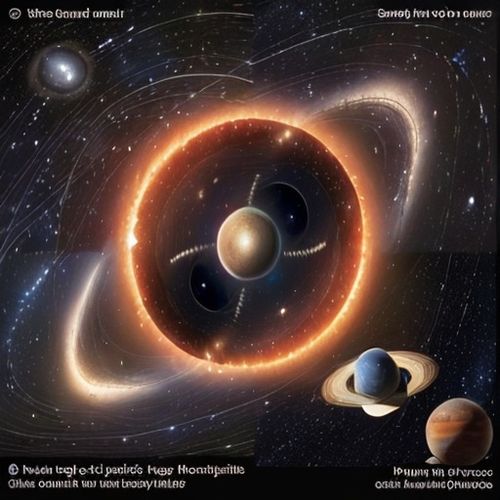
By Victoria Gonzalez/Apr 14, 2025
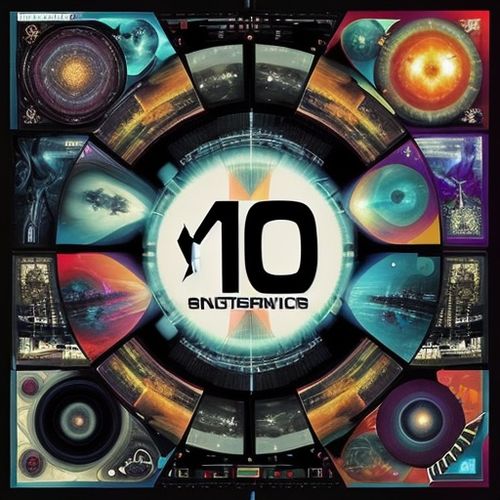
By Ryan Martin/Apr 14, 2025
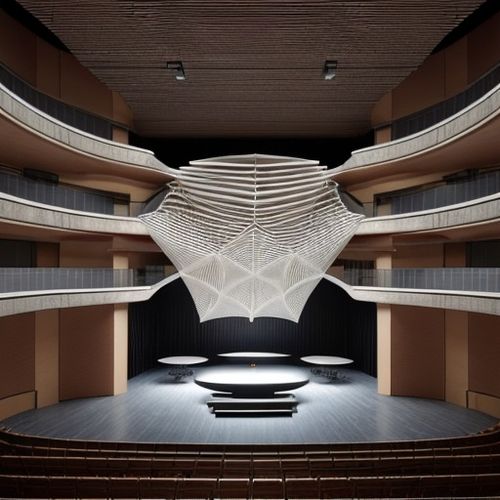
By John Smith/Apr 14, 2025
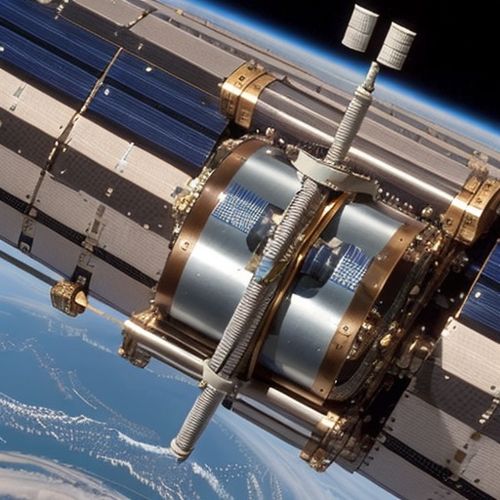
By Eric Ward/Apr 14, 2025

By Victoria Gonzalez/Apr 14, 2025

By Ryan Martin/Apr 14, 2025
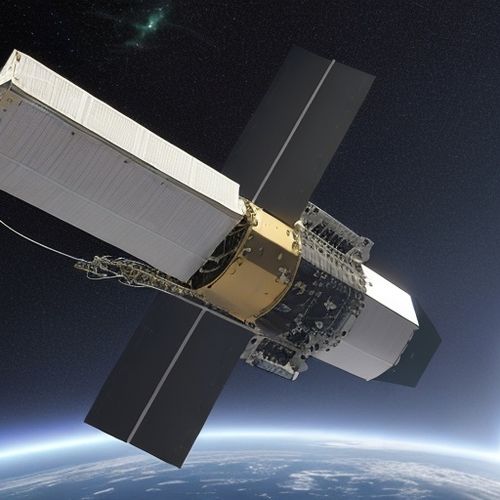
By James Moore/Apr 14, 2025

By Megan Clark/Apr 14, 2025
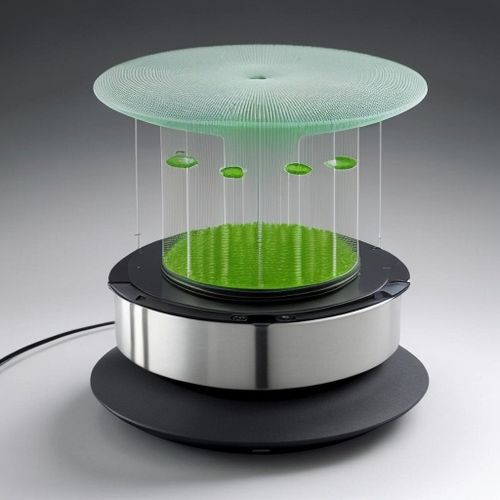
By John Smith/Apr 14, 2025
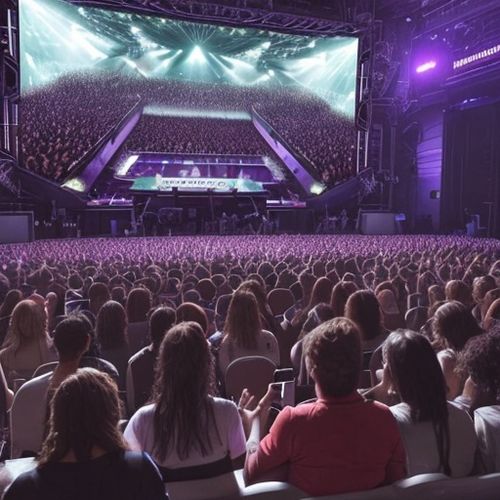
By Joshua Howard/Apr 14, 2025
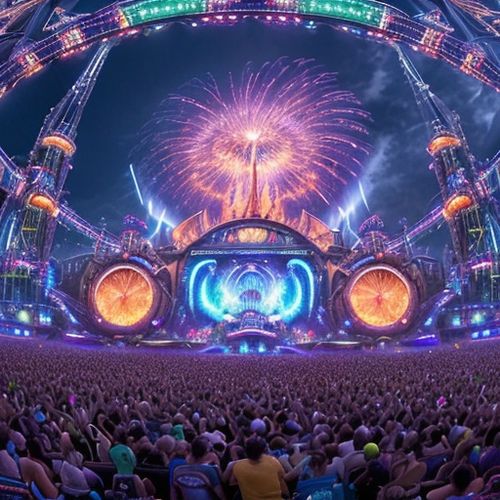
By Laura Wilson/Apr 13, 2025
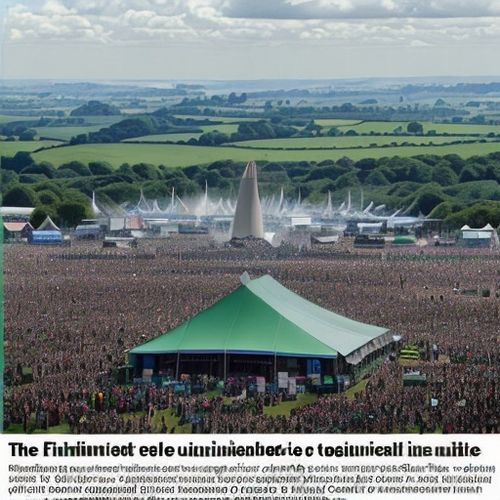
By Grace Cox/Apr 13, 2025
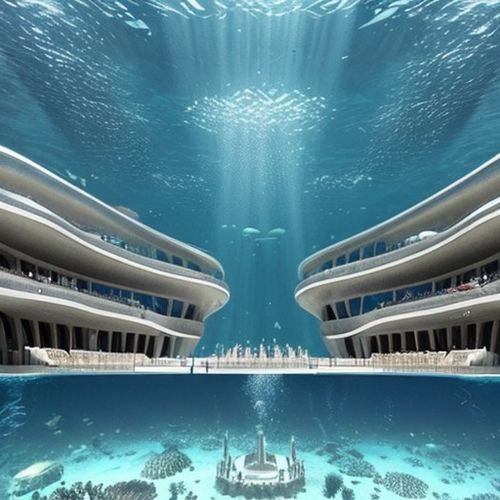
By Benjamin Evans/Apr 13, 2025

By George Bailey/Apr 13, 2025
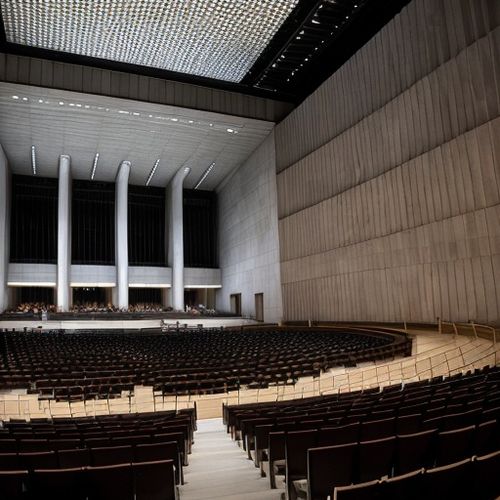
By David Anderson/Apr 13, 2025
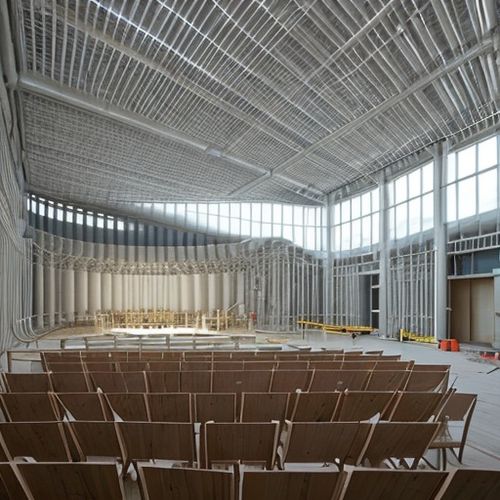
By Grace Cox/Apr 13, 2025
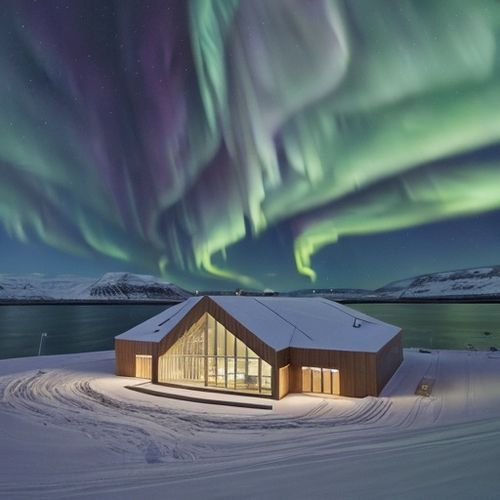
By William Miller/Apr 13, 2025

By Rebecca Stewart/Apr 13, 2025

By William Miller/Apr 13, 2025
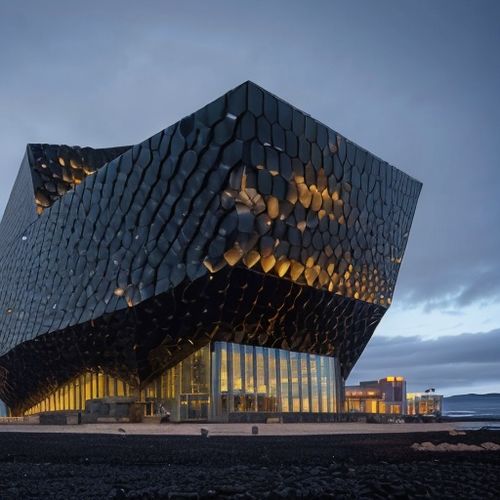
By Daniel Scott/Apr 13, 2025